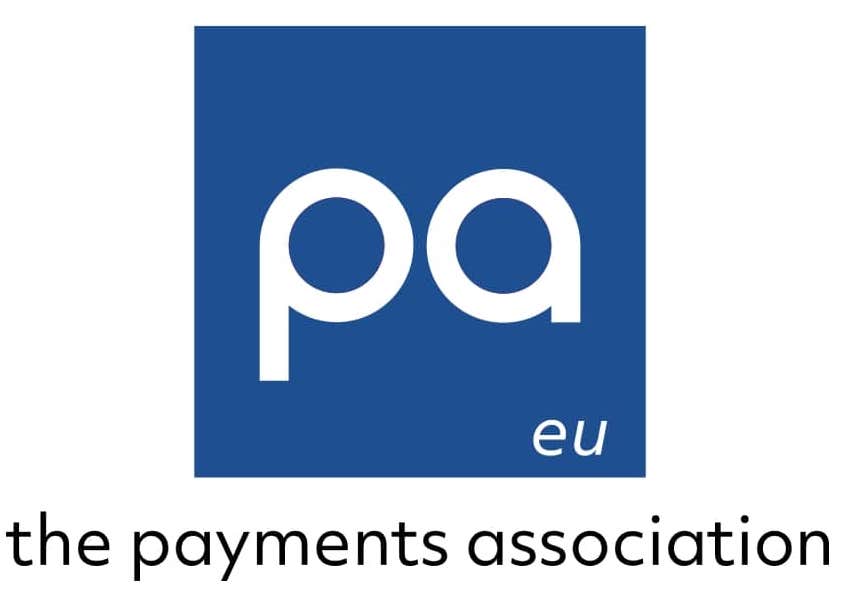One Growth Strategy Will Transform Financial Services: Bank Fintech Partnerships
February 10, 2022
The financial services industry has undergone a radical transformation over the last few years — a statement that’s often hard to believe considering banks are, traditionally, reluctant to change. It comes with the territory of attempting to invest and lend money at a profit.
But, until recently, banks didn’t need to change. Their services went unrivaled for years, instilling an “if it aint broke, don’t fix it” mentality throughout the industry. This led institutions to layer front-end technology over their legacy infrastructure. By doing so, banks maintained full control over their operational model but also complicated the development and management of their enterprise’s infrastructure — making it harder (and more expensive) to develop new functionalities.
In other words, banks struggled to innovate. And as the digital evolution unfolded, customers began to expect innovation and immediacy. Coupled with the proliferation of fintechs, this internal obstacle made the shift to open banking inevitable.
In 2019, a revised Payment Service Directive 2 (PSD2) went into effect, pushing banks to operate with third party providers (i.e., fintechs) and implement application programming interfaces (APIs) to grant those providers access to customer data. With the enactment of this law, banks could work alongside fintechs to build applications and provide financial services without the friction of building on top of a legacy system.
It’s natural for banks and fintechs to view one another as competitors. However, a partnership between these two types of entities unlocks immense benefits — which we’ve outlined below.What Banks Gain From Partnering With FintechsThere’s no question that banks have a long-established foothold in the financial services industry. Their customer bases and balance sheets dwarf those of fintechs — even rapid innovation wouldn’t flip that script for decades, if ever.
That said, to assume banks are insulated from the broader industry’s shift toward open finance would be shortsighted. Here are a few ways banks benefit from partnering with fintechs:
- Accelerated innovation. Legacy systems have long been the Achilles heel of the banking industry, which slow the rate of innovation to a snail’s pace. Partnering with a fintech can accelerate the process through the implementation of APIs.
- Gain a competitive edge. Rather than develop their own technological solutions, a capital- and time-intensive route, banks can partner with fintechs to broaden their digital product portfolio. In turn, they can secure a competitive edge and stay at the head of the pack.
- Bolster customer experience. New features, new functions, new designs — supplementing a bank’s existing platform with fintech capabilities improves the overall customer experience. This is a necessity in the digital age. By doing so, banks can provide improved convenience, ease of use, and immediacy, which go a long way to not only acquiring customers but also retaining them.
- Accessing robust and stable customer bases. Even with meteoric growth rates, a fintech’s customer base still is likely to pale in comparison to those of established banks. A bank partnership opens the door to an abundance of new customers.
- Leveraging the bank’s brand. Developing a credible, trustworthy brand is no small feat, especially in the financial services industry where consumer loyalty and trust can be tenuous. As new market entrants, fintechs can enhance their brands by publicly associating with more well-known, established bank partners and gain market share in the process.
- Raising much-needed capital. Many fintechs struggle to grow organically, necessitating the need for outside capital. A bank partnership provides a streamlined source of funds and resources that can be used to rollout new features, enter new markets, and achieve long-term growth targets.
- Tapping a bank’s regulatory knowledge. Fintechs are still subject to many of the same regulatory hurdles and compliance requirements of major financial institutions. These are turbulent airspaces to navigate. Bank partners can guide their fintech partners through these challenges.
- Cultural differences: It’s the age-old dichotomy of new and old. Traditionally, banks are risk-averse, solitary, and conservative. On the other hand, fintechs are dynamic, flexible, and even aggressive in many cases. That’s not a recipe for harmony. Strategic alignment and execution will take time to agree upon.
- Cohesive marketing: Along the same lines, fintechs typically embody vibrancy and simplicity, whereas banks often cling to their roots, citing their authority and lengthy track record. This discrepancy poses a challenge to fintechs, who will need to market their products with the appropriate strategy and message.
- Compliance and control: Banks operate under strict legal framework and typically lack an appetite for risk or outside-the-box initiatives. Conversely, fintechs are not bound by as many regulatory limitations, which grants them broader maneuverability. Partnering with a bank requires a functioning compliance management system — often before the agreement can be executed.
- Scaling and legacy: Legacy systems have hindered the scalability of many banks. However, fintechs aren’t handcuffed by antiquated systems or heaps of red tape — they’re disruptors with the structural flexibility to scale quickly. Doing so in unison will prove to be challenging for a bank-fintech partnership.

